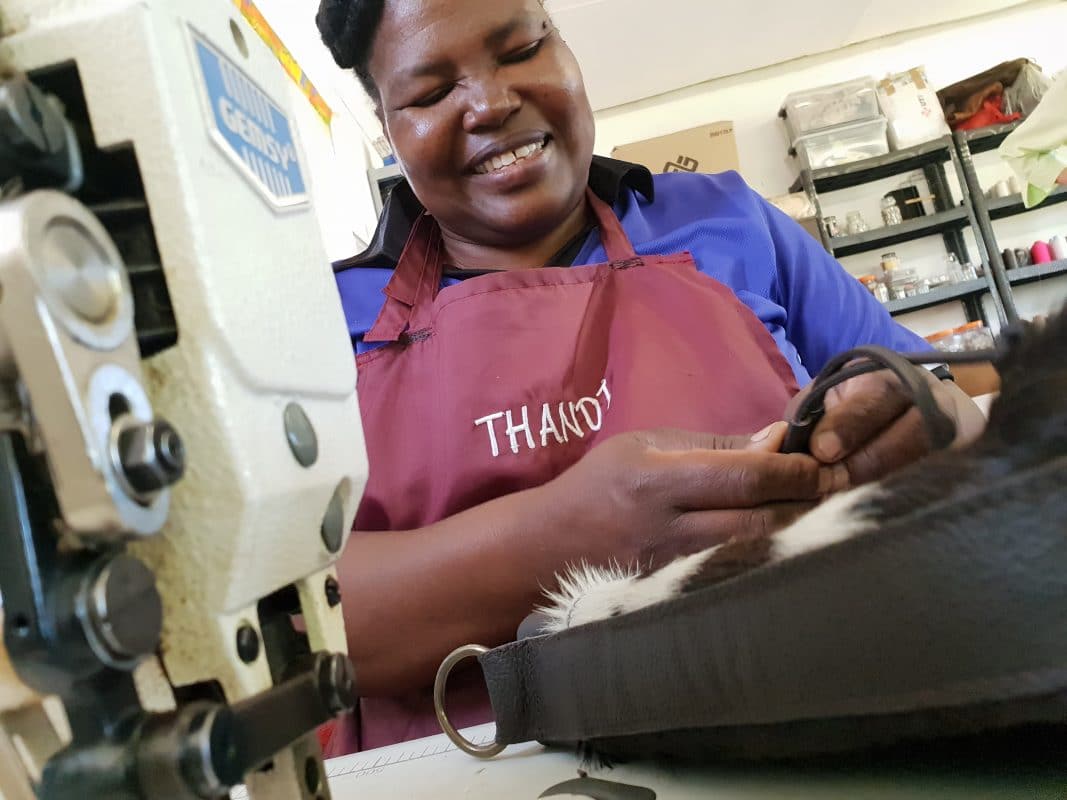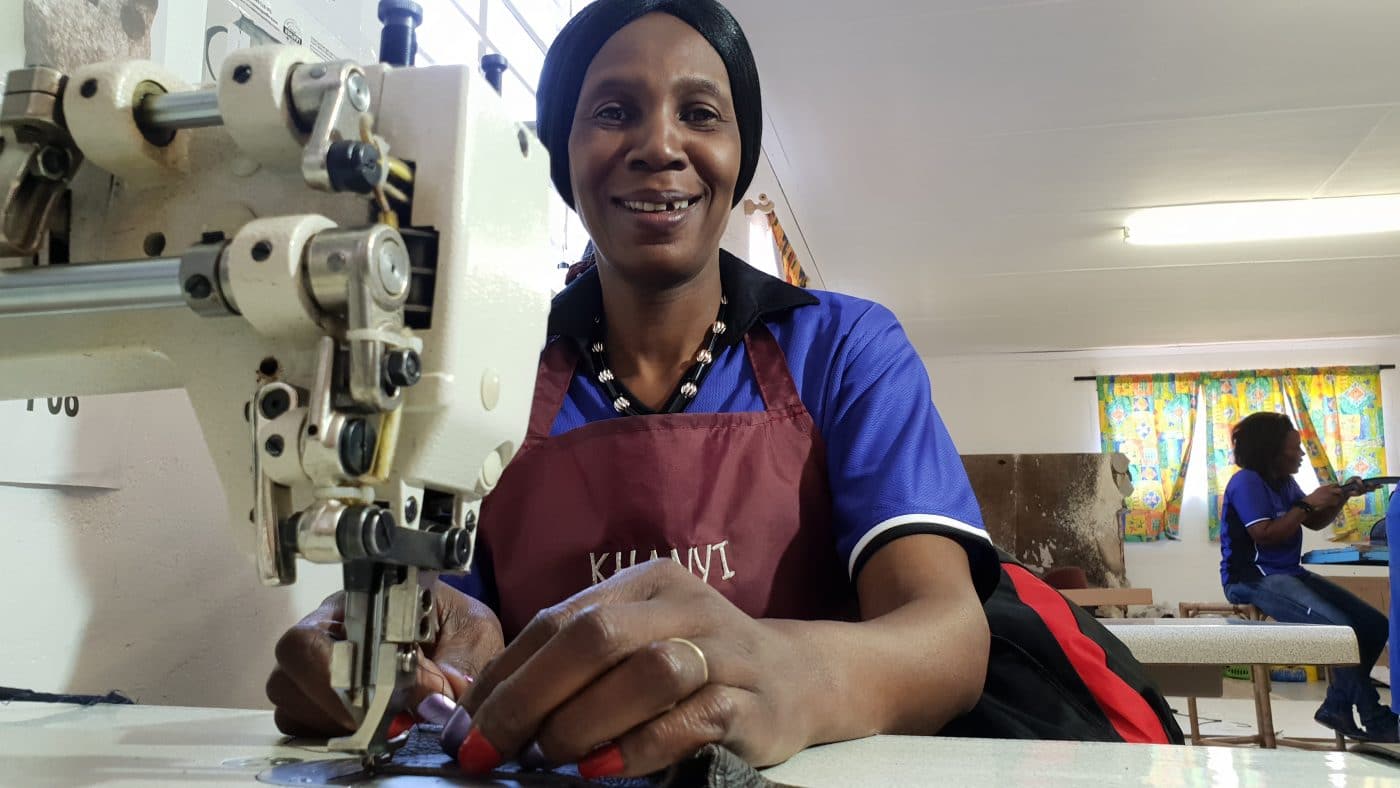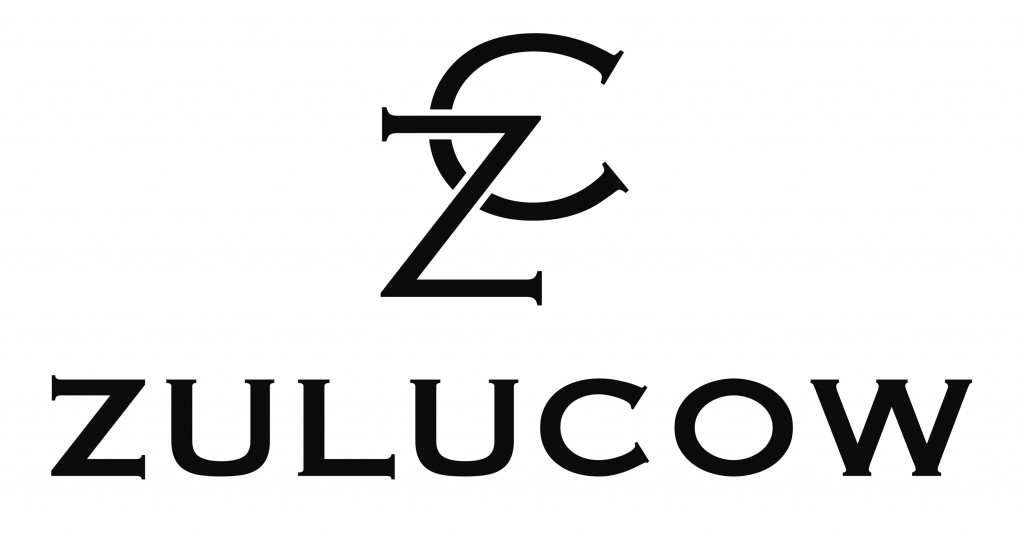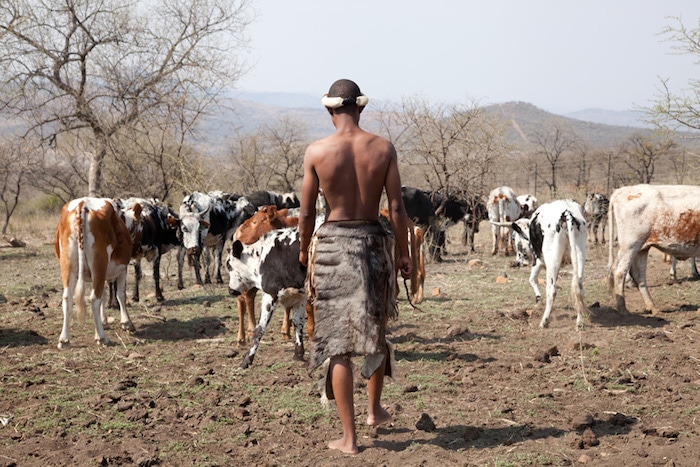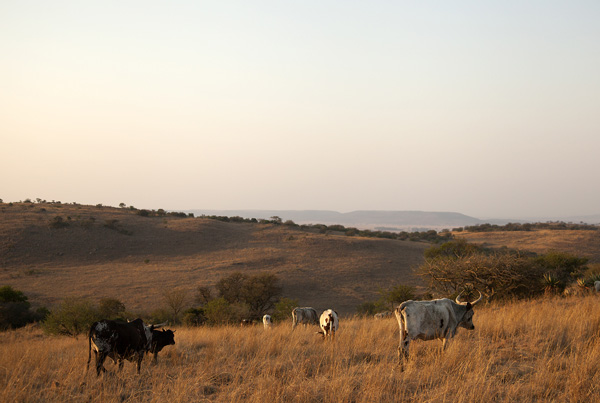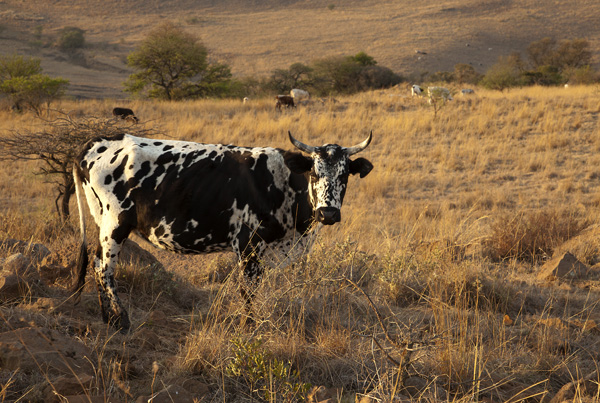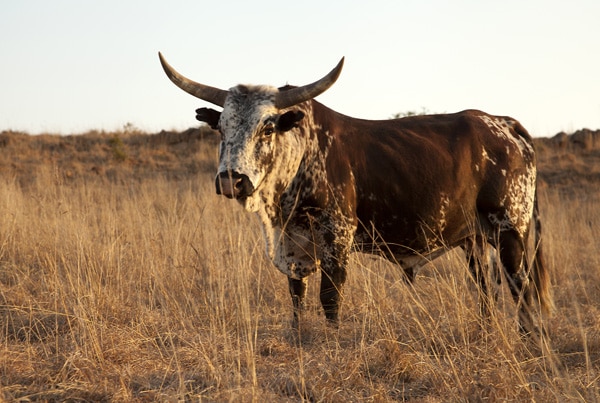Blog
The untold story behind our cowhide products and the Nguni Cattle.
Zulucow: what’s in a name? It’s quite simple, really – two words that join together to form the heart of our business. First Zulu: Where we ethically source all of our natural leather and cowhide pieces. Rural KwaZulu-Natal in South Africa.
In this verdant and relatively untamed part of the country, traditional Zulu culture prevails. And central to this culture, as well as significant Zulu celebrations and ceremonies, is the Nguni cow. (Yup, there’s the second word: Cow.) Bred for centuries for their hardiness and adaptability. These extraordinary cattle are an unmistakable feature of the landscape in rural KwaZulu-Natal.
The Nguni cattle story.
You can easily spot the Nguni cattle milling around the homesteads of rounded thatched huts. They can be seen in the communal lands of small-scale farmers and dotting the province’s famously undulating hills. Therefore it’s not hard to see why the Zulu people breed the cows for their beauty too. With their hides of exquisite, infinitely varied patterns – swirls and speckles, dapples and dabs of brown and black and white.
Cattle imagery is unsurprisingly found throughout Zulu history. Their hides are used, to this day, in traditional dress – to powerful effect. In fact, so deep is their love and appreciation for the Nguni cow’s unique appearance that the Zulu people have developed evocative names for the cows according to their patterns.
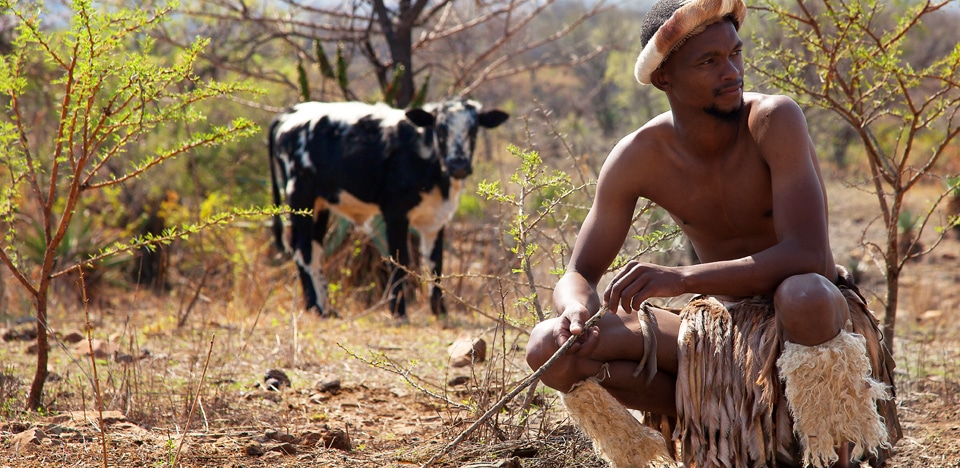
The history.
According to well-known South African author Marguerite Poland (whose book, The Abundant Herds), more than 300 recorded terms in the Zulu language denote colour pattern, horn shape, and type of beast.
Some of these terms describe the cow’s role in ritual practices – particularly in marriage negotiations. But many of the names, especially those referring to colour-pattern, notes Poland, are ‘richly metaphorical. They use imagery and analogies which connect the cattle with the birds, animals and plants that share their environment’.
For example, ‘The Eggs of the Lark’ refers to a cow with a creamy hide and fine rust speckles. ‘The flies in the Buttermilk’ refers to a cow with a predominantly white coat with flecks of black. Similarly ‘Like Old People’ is a grey and white beast. ‘Sugarbean’ refers to a cream-coloured cow with red speckles. ‘Dregs’ has a white snout that seems to have been dipped in beer; and ‘Gaps between the branches of trees’ is sandy white with black or dark brown patterns.
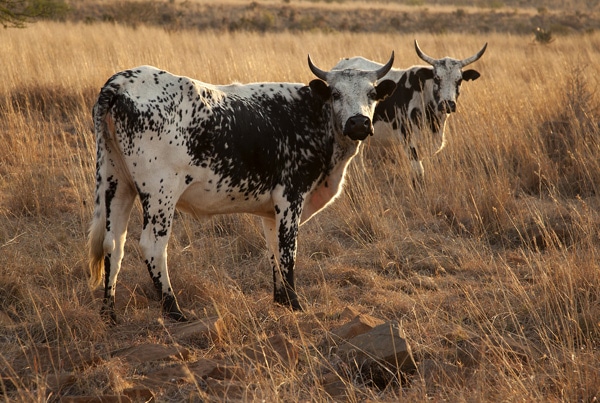
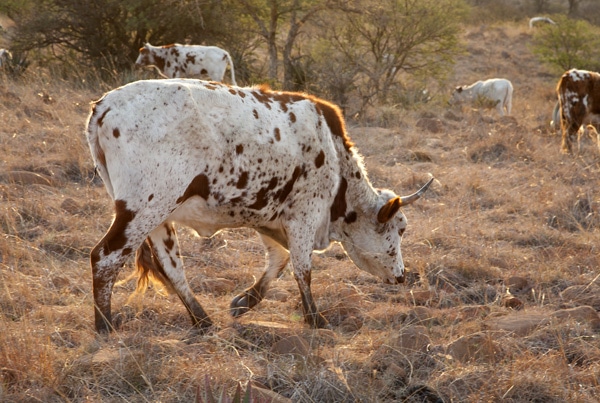
Our handmade products
Quite literally, the Nguni cow is Zulu poetry in motion… or should that be ‘moo-tion’? (Sorry!) Examples of these striking hides – sustainably sourced as a byproduct of the meat industry – can be found in Zulucow’s lovingly handmade pieces. Put together by a small team of expert craftspeople, each piece is a celebration of its provenance. Eye-catching, high-quality work of art with a story to tell. And now you know that story, you can see why Zulucow – two words deliberately joined and inextricably linked – lives up to its name.
